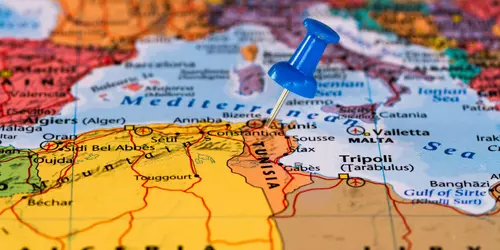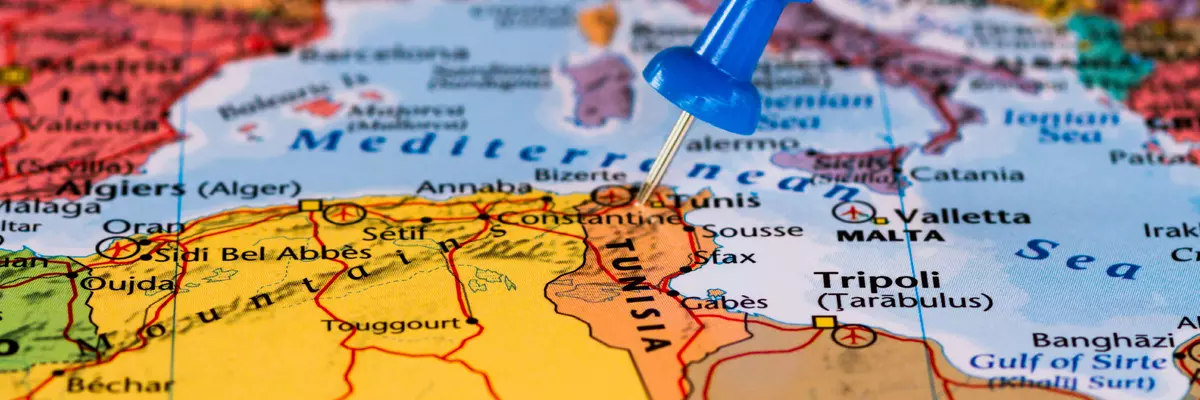
The climate year of Tunisia
Just like Morocco and Algeria, Tunisia belongs to the Maghreb countries, i.e. the western Arab countries in Africa. The 163,610 km² country is twice as large as Austria. About 10 million people live here. Tunisia borders the Mediterranean Sea to the north and east, Algeria to the west and Libya to the southeast. Off the coast of the country is the 514 km² Djerba, a popular vacation island. Especially the northwest of the country is dominated by the Atlas Mountains. In the south is the zone of influence of the Sahara. While the north of the country is quite rich in water - both the big rivers and the important lakes are located here - the center as well as the south are very dry. Due to the different geographical conditions, the climate within Tunisia differs greatly. Near the coast, the climate is Mediterranean with warm summers and comparatively humid winters, while the south is characterized by an extremely hot and dry desert climate. Here, maximum values of up to 45 °C are possible, although temperatures of up to 50 °C are also possible due to the influence of the hot desert wind Scirocco.
General information about Tunisia
Tunisia can look back on a very long history, the country once belonged to the Roman Empire. For example, the remains of the famous Carthage can still be seen today near the Tunisian capital Tunis. Visitors can also gain interesting insights into the life and history of the ancient Romans in the town of Dougga. The ancient ruins there - including an amphitheater - are a UNESCO World Heritage Site. One of the most important centers of the Islamic religion, on the other hand, is Kairouan, where visitors can experience Islamic culture and numerous mosques. The Berber town of Matmata is also one of the most popular destinations, as is Sidi Toui National Park or the 300-kilometer coral coast.
Tourism Tunisia
Tunisia, like other North African countries, also has two climatic zones. The Mediterranean summer is dry and quite hot, averaging 26 °C. Winter, on the other hand, is cool and quite rainy. Between November and April it rains on average between 500 and 1000 mm. At altitudes above 800 meters, it can even snow. In the mountains it is usually hotter in summer and cooler in winter than on the coast. South of the High Atlas, on the other hand, the extremely dry Saharan climate prevails, which is also intensified by the Scirocco. The summers are extremely hot, while in winter there can even be ground frost.

